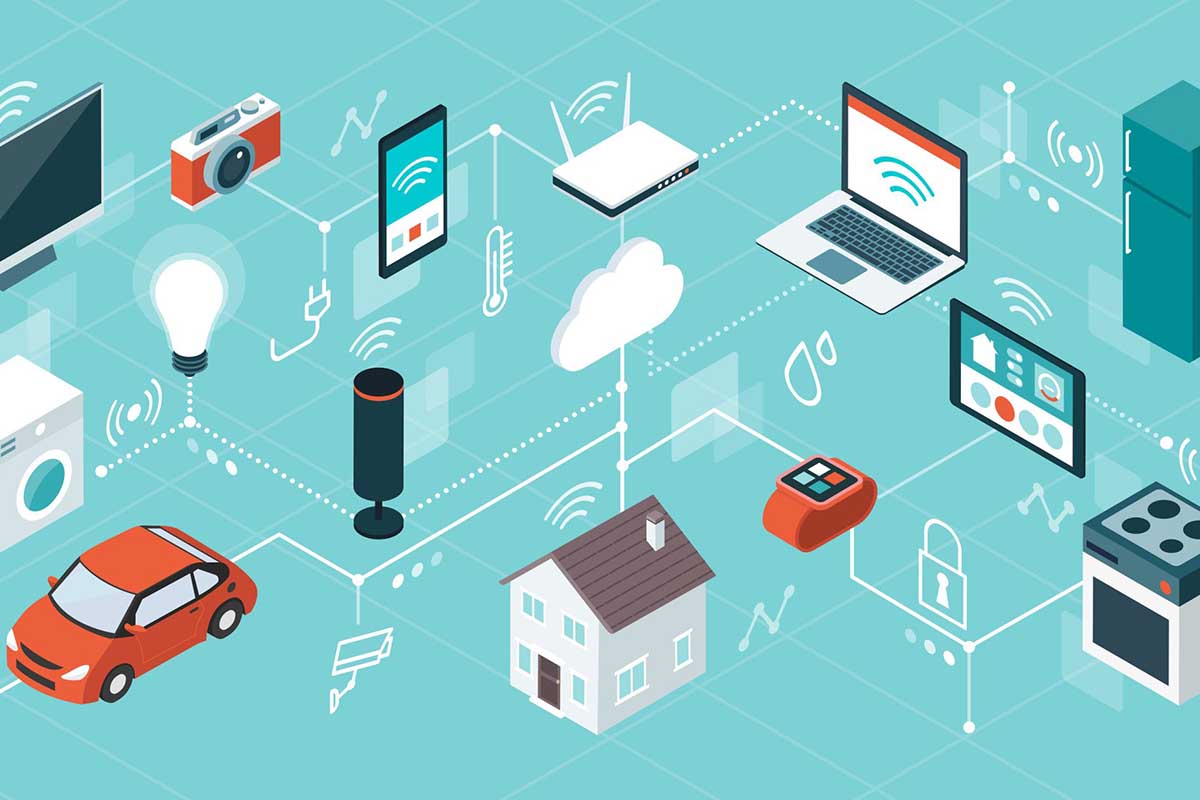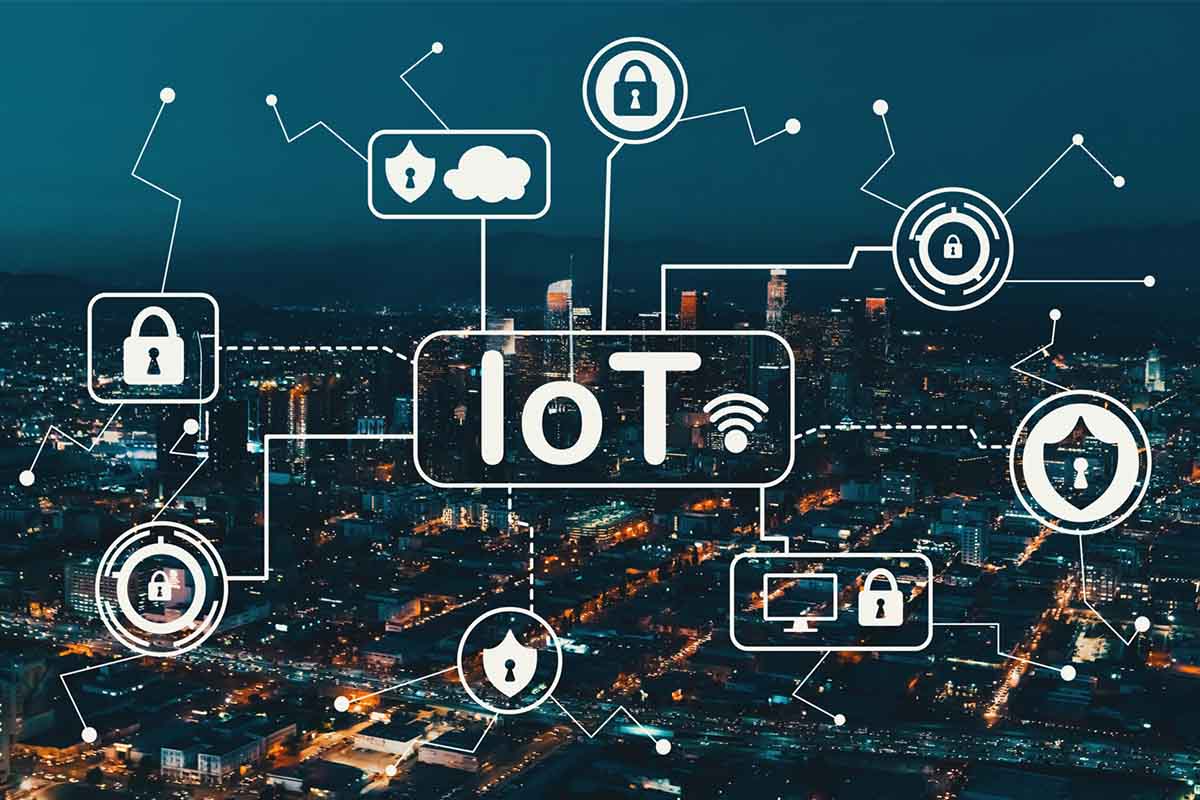UK’s pioneering research organization, Quantum Blockchain Technology (QBT), is at the forefront of a monumental shift in Bitcoin mining technology. They’ve reportedly rolled out innovative techniques to enhance the probability of identifying the optimum hash rate. One such tactic, termed “Method B,” is said to be an astonishing 260% more effective than conventional mining pursuits and simultaneously manages to reduce energy usage by 4.3%.
“Method B”
Over a span of more than two years, QBT’s relentless focus on the intricacies of BTC mining and the SHA256 algorithm has borne fruit. Their trailblazing achievement revolves around leveraging machine learning to anticipate blockchain dynamics, which in turn facilitates advanced block computations. This avant-garde study taps into realms like quantum computing, fortified encryption, in-depth learning, AI, FPGA, and ASIC blueprints.
Subsequent to their UK patent submission, QBT’s CEO, Francesco Gardin, shed light on this transformative tech during a chat with Thomas Warner. Their patent introduces a groundbreaking technique dubbed “MSFCA,” which stands for “ASIC-enhanced augmentation.” This technique will empower miners to initiate computations on forthcoming blocks even before the ongoing block reaches completion. QBT fervently believes that this proactive strategy conserves both time and computational prowess, especially in the domain of application-specific integrated circuits (ASICs).
Additionally, QBT asserts that their inventive approach will address a significant bottleneck in Bitcoin (BTC) mining: the interim gaps between blocks. While MSFCA doesn’t amplify the primary SHA256 operations, it paves the way for preliminary tasks like resource and energy optimization. The core idea here? Diminishing the deployment of specific elements (logic gates) within the ASIC module. Gardin disclosed to Warner that by leveraging QBT’s innovation, it’s feasible to reduce the count of logic gates, potentially downsizing the circuitry by around 8%.
Despite confronting a few technical challenges, such as constraints linked to memory chips, QBT remains optimistic regarding MSFCA’s potential. Their “Method B” adeptly executes myriad terahashes within the standard ten-minute block duration, astutely guiding probes to zones where optimum hashes are likely present. Merging machine learning with mathematical stratagems, this technique selectively chooses hashes from the most opportune segments, eradicating superfluous computations.
QBT’s in-house assessments reveal that Method B not only identifies the desired hashes a staggering 260% faster than traditional techniques but also trims down energy consumption by an estimated 4.3%. This technical marvel has emerged concurrently with Bitcoin’s hash rate skyrocketing to unparalleled heights, inching towards a remarkable half zettahash.
Factors Affecting Bitcoin Mining Speed and How to Optimize It
In the intricate world of cryptocurrencies, Bitcoin remains the iconic face, and mining is its lifeblood. Bitcoin mining, in essence, refers to the process of validating and adding transactions to the public ledger (blockchain). At the core of this process is the quest to find a new block, which is awarded by certain computational work. The miner who completes this task first receives the newly minted Bitcoin. Hence, speed is crucial.
However, Bitcoin mining isn’t as simple as having a fast computer. Numerous factors come into play that determine the mining speed. Understanding these factors can lead miners to optimize their operations and potentially boost their rewards.
Factors Affecting Bitcoin Mining Speed
Hash Rate: At the heart of Bitcoin mining is the hash rate – the speed at which a miner solves the Bitcoin code. A higher hash rate is preferable as it increases the opportunity of finding the next block and receiving the reward.
Mining Hardware: The type of hardware employed plays a pivotal role. CPUs (central processing units), once sufficient, are now overshadowed by more advanced solutions:
GPUs (graphics processing units)
FPGA (field-programmable gate array) devices
ASIC (application-specific integrated circuit) miners which are tailored for Bitcoin mining purposes.
Mining Software: Like any machinery, miners need the right software to function at peak performance. Some software is specifically designed for ASIC or FPGA mining and can influence speed.
Difficulty Level: The Bitcoin network self-adjusts the difficulty level of mining to ensure that a new block is added roughly every 10 minutes. If there are more miners, the difficulty increases, affecting speed.
Mining Pools: Solo miners might find it challenging to compete with large mining pools. Joining a pool, where miners combine their computational power to improve chances and split rewards, can influence effective mining speed.
Power Consumption and Efficiency: More powerful devices consume more electricity. If the energy costs surpass the rewards from mining, it’s not a viable operation. Efficiently consuming power can also increase speed as the machines can run optimally.
Network Connectivity: A stable and fast internet connection ensures that the miner stays connected to the network and can hear about others’ found blocks faster, reducing redundant effort.
Temperature and Cooling: Mining devices generate substantial heat. If not efficiently cooled, they can overheat, reducing their lifespan and efficiency.
How to Increase the Mining Speed
Upgrade Your Hardware: If you’re still using older devices, consider an upgrade. Modern ASIC miners provide much higher hash rates compared to GPUs and CPUs.
Optimized Mining Software: Use software tailored to your hardware. ASIC miners, for instance, will benefit from software specifically designed for ASIC mining.
Join a Mining Pool: Instead of mining solo, join a pool. This way, you combine forces with other miners, increasing the chances of solving a block, even if you have to share the rewards.
Overclocking: This is the process of pushing your miner’s hardware past its factory settings. However, this can reduce the lifespan of your equipment and increase energy consumption, so it’s crucial to monitor the system’s temperature.
Maintain Cooling Efficiency: Ensure you have a well-ventilated space. Use cooling systems or even consider external hosting options where environments are optimized for mining.
Reliable and Fast Internet Connection: A good connection ensures you’re always up-to-date with the blockchain.
Reduce Energy Costs: Consider renewable energy sources or move to locations with cheaper electricity. The less you spend on energy, the more you can invest in improving your mining operation.
Regular Maintenance: Regularly check and maintain your devices to ensure they run at optimal efficiency.
Stay Updated: The world of Bitcoin mining is ever-evolving. Keep abreast with the latest trends, technologies, and strategies.
SAI’s SAIHEAT: The Revolutionary Solution to Optimize Heat Dissipation and Energy Reuse in Bitcoin Mining
SAI’s SAIHEAT is not just another cooling solution; it’s a comprehensive approach towards holistic heat management in the mining ecosystem.
Optimized Heat Dissipation: Through advanced engineering, SAIHEAT ensures that heat generated from the mining operations is dissipated rapidly, maintaining an optimal temperature for the mining hardware. This not only maximizes the hash rate but also prolongs the hardware’s life.
Energy Reuse: What sets SAIHEAT apart is its ability to reuse the heat energy. Instead of letting the heat dissipate into the surroundings, SAIHEAT channels it for other purposes. Whether it’s heating buildings during winter or powering secondary operations, SAIHEAT ensures that every joule of energy is put to good use.
Cost Reduction: By optimizing heat management and enabling energy reuse, SAIHEAT can significantly reduce the operational costs associated with mining. This ensures that miners can enjoy a higher return on their investment.
Sustainability: Miners can project a more eco-friendly image, aligning with global sustainability goals and possibly availing incentives or grants related to green initiatives.
Hardware Longevity: Proper heat management ensures that the mining rigs remain at optimal temperatures, ensuring a longer operational life and reduced maintenance costs.
Scalability: With efficient heat management, miners can scale up their operations without the need for significant infrastructure changes.
Conclusion
Bitcoin mining is a complex interplay of hardware, software, and various external factors. By understanding what affects mining speed, miners can make informed decisions, optimizing their operations for maximum efficiency and reward. As the saying goes, in the world of Bitcoin mining, time truly is money. The faster you mine, the more you stand to gain.




